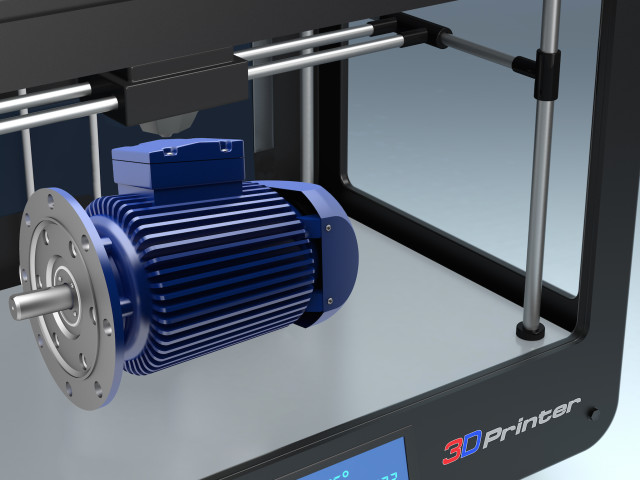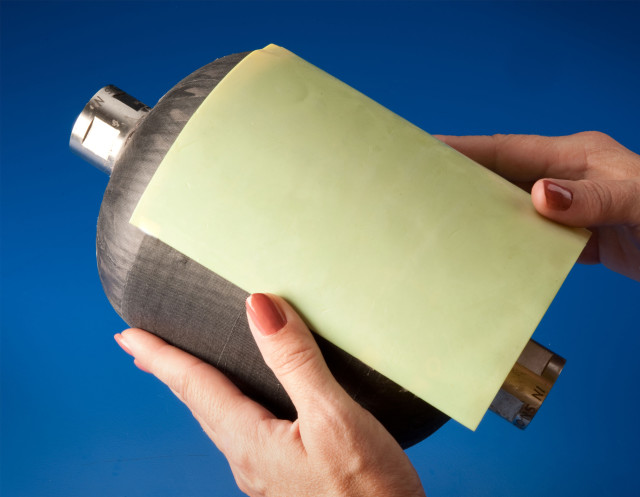5 Technologies that Could Revolutionize the Aviation Industry in the Next Decade
NASA has an ambitious plan for aviation in the 21st century: to cut fuel use by half, lower harmful emissions by 75 percent and significantly reduce aircraft noise. These green aviation initiatives require technological innovations, which is why NASA recently selected five green technology concepts for further study.
1. Fostering Ultra-Efficient Low-Emitting Aviation Power

The latest NASA assault on acronyms, FUELEAP is intended to explore using a fuel cells to power electrically-propelled aircraft. The plan is to study a fuel cell system that pulls hydrogen from standard aircraft fuel, oxygen from the air and combines the two to generate electricity.
According to NASA, the fuel cell will generate electricity more efficiently than simply burning the fuel in a traditional engine, thereby saving fuel and reducing emissions. Since it’s based on standard aircraft fuels, this technology has the advantage of being easy to implement with existing airport infrastructure.
2. Compact Additively Manufactured Electric Motors

One of NASA’s strategies for increasing fuel efficiency is to improve the power density of its electric motor designs. To that end, the organization is pursuing 3D printing as a way to produce electric motor components that are lighter and potentially smaller.
Additive manufacturing is becoming more and more common in the aerospace industry, but applying this technology to electric motors is an intriguing new twist.
3. LION: Lithium Oxygen Batteries for NASA Electric Aircraft

Electric-powered aircraft are clearly an up-and-coming trend in aviation, but energy storage demands are a major obstacle to their widespread adoption. NASA is hoping to solve this problem via Lithium-Air (Li-Air) batteries, which have the highest theoretical energy storage of any battery technology.
Li-Air batteries “breath” in the sense that they pull in oxygen to react with lithium ions as they are drained of energy. The oxygen is then expelled while the battery charges. This quickly decomposes the electrolytes ordinarily used in batteries, rendering the Li-Air batteries useless after a few charging cycles.
However, if NASA researchers can overcome this problem by developing new, ultra-stable electrolytes that resist decomposition then electric air travel could become much more common.
4. Spanwise Adaptive Wings

One way to reduce aircraft noise and emissions while increasing fuel efficiency is to reduce the size of the tail, which is only needed to provide stability during takeoff and landing. An alternative design would have a large part of the aircraft’s wings able to fold up or down to act as rudders during takeoff and landing.
However, the challenge is how to accomplish this mechanical task.
NASA will determine how best to achieve the design and whether it would include conventional actuators or something more novel.
5. Lightweight Conformal Antennas for Beyond Line of Sight Communications

Interestingly, this last technology has less to do with commercial air travel than it does with Unmanned Aerial Vehicles (UAVs). These aircraft are currently restricted from flying in the National Airspace System as a result of the FAA requirement that they stay within radio line of sight of their operators on the ground.
Using satellite communications is a potential solution, but the necessary antenna systems tend to be heavy and increase drag.
NASA is hoping to develop flexible antenna with foundations made from aerogel, thereby providing satellite communications while minimizing the weight and drag of the antenna.
source : http://tinyurl.com/h7blkwv

